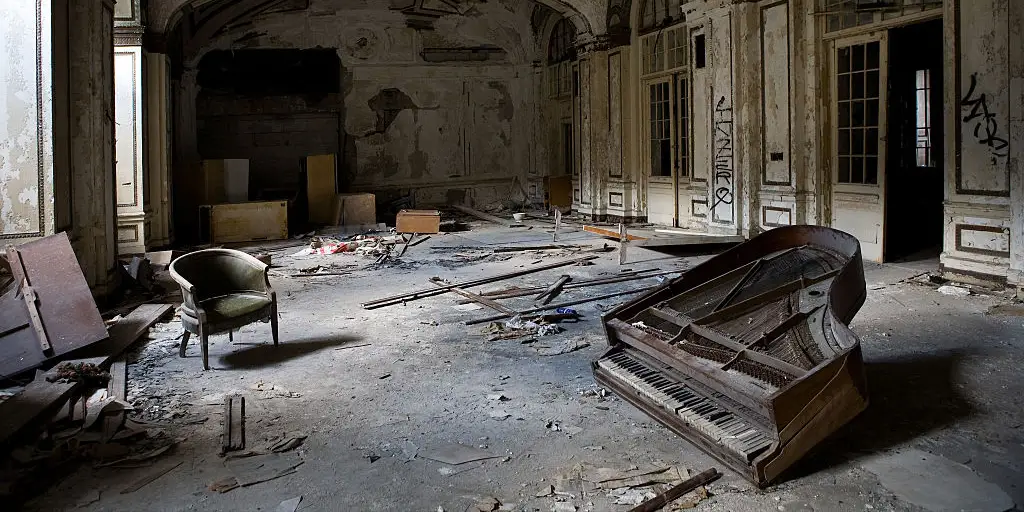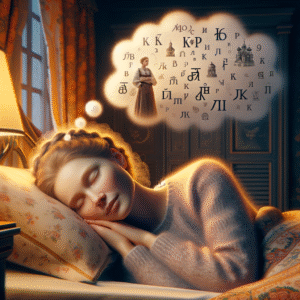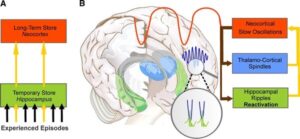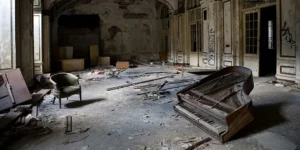
Many people report eerie sensations when entering abandoned buildings such as goosebumps, heightened awareness, sudden silence, or the sense of being watched. While folklore attributes this to ghosts, psychology and environmental science provide alternative explanations rooted in sensory perception.
Abandoned structures often have acoustics that amplify subtle noises. Without furniture, textiles, or inhabitants, sound waves echo sharply, triggering the brain’s threat-detection instincts. Silence combined with unpredictable echoes activates the amygdala, the part of the brain responsible for danger response.
Lighting also plays a role. Broken windows, cracked ceilings, and blocked hallways create irregular shadows that distort depth perception. Human vision evolved to detect predators in uncertain environments, so our brains fill in visual gaps with imagined shapes. What we interpret as ghosts may simply be pattern recognition gone wild.
Another factor is microbial scent. Abandoned places contain mold, sand, rust, and organic decay that release chemicals like geosmin. These trigger instinctive avoidance behaviors because historically, environments with decay signaled disease, predators, or structural danger. The uneasy feeling is biological self-preservation, not supernatural interference.
There is also psychological priming. Pop culture associates deserted hospitals, factories, and schools with spirits and tragedies. When people enter such spaces, their expectations amplify fear responses. The brain becomes hyper-aware, magnifying small stimuli into dramatic sensations.
Architecturally, abandoned places tell silent stories. Objects frozen in time, such as broken clocks, scattered papers, and rusted tools, trigger emotional responses tied to loss and forgotten memories. This emotional resonance can create a sense of presence, as if the past lingers physically.
Paranormal investigators often detect electromagnetic anomalies in abandoned buildings, but science attributes these to corroded electrical systems, mineral deposits, or metal structural components. Similarly, temperature drops can occur due to broken insulation and air drafts.
Abandoned places feel haunted because they confront us with emptiness. Humans evolved to live in active social environments. When structures built for life sit silent, our minds instinctively project meaning onto the void. The haunting sensation is not external. It is our brain processing decay, silence, memory, and threat.



